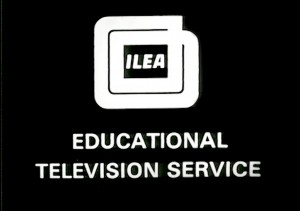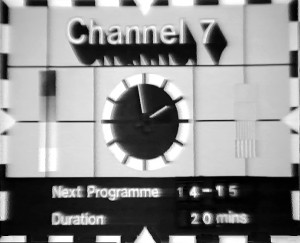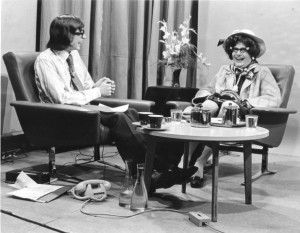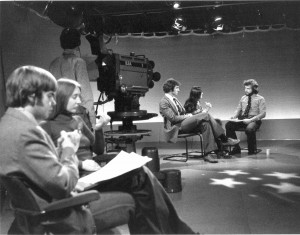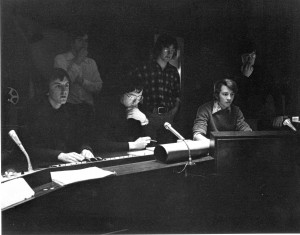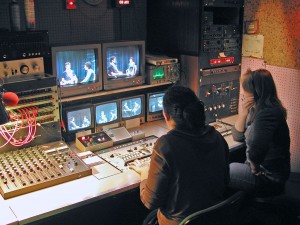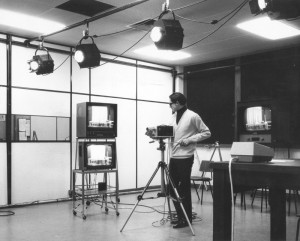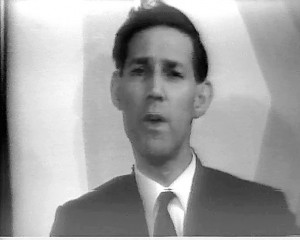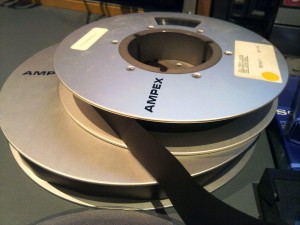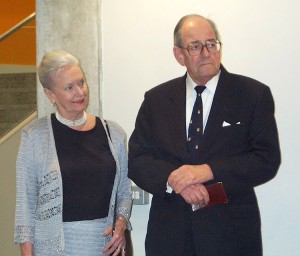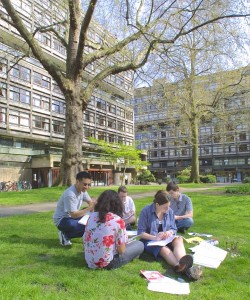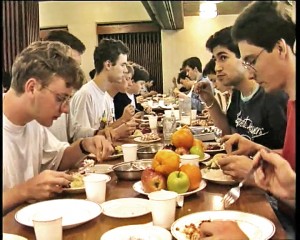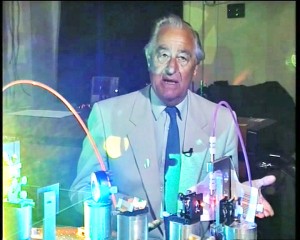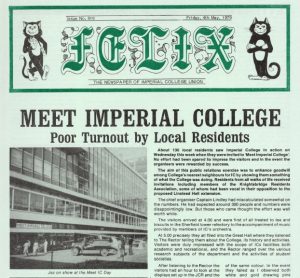 On 2nd May 1979 Imperial College ran a PR exercise for the local residents around the South Kensington campus. The event was called Meet Imperial College. The objective was to inform, update and educate the residents on what the college was doing at that time. The following video is the only record of the event and was shot by the student TV service STOIC. Having said that, I actually shot the video using our newly arrived colour equipment as I wanted us to have a record of the event and to have it shot properly! I’m glad I did that, some 38 years ago, because now we have a chance to see it again. Grant Richmond was the STOIC reporter at the event itself.
On 2nd May 1979 Imperial College ran a PR exercise for the local residents around the South Kensington campus. The event was called Meet Imperial College. The objective was to inform, update and educate the residents on what the college was doing at that time. The following video is the only record of the event and was shot by the student TV service STOIC. Having said that, I actually shot the video using our newly arrived colour equipment as I wanted us to have a record of the event and to have it shot properly! I’m glad I did that, some 38 years ago, because now we have a chance to see it again. Grant Richmond was the STOIC reporter at the event itself.
FELIX the student newspaper reported the event as:
” The aim of this public relations exercise was to enhance goodwill among College’s nearest neighbours for IC by showing them something of what the College was doing. Residents from all walks of life received invitations including members of the Knightsbridge Residents Association, some of whom had been vocal in their opposition to the proposed Linstead Hall extension.”
You’ll catch a brief glimpse of Eric Laithwaite and his linear motor among the many things on display. Lord Flowers the Rector, put on a brave face and spoke about the number of people who attended! The picture quality is poor. Our colour camera (as mentioned in previous entries) needed loads of light to give good images, however the location in the Sherfield Building lower refectory was dimly lit. The studio shots prior to Grant’s location report were with the same camera, but under good studio lighting.
Colin Grimshaw July 2017
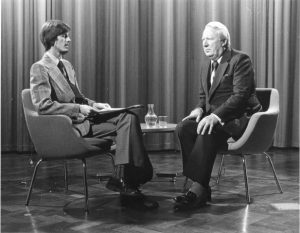
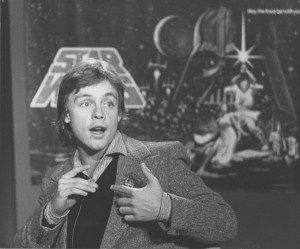 38 years ago on 15 December 1977 Mark Hamill visited Imperial College to promote the forthcoming release of a new film. That film was Star Wars. We were lucky to get him to visit the TV Studio (then in Electrical Engineering Building) as part of the publicity rounds to promote the film. I suspect we’d never get a look-in these days, but back then no one had heard of the film and they needed every drop of publicity. Coming to the studio for the STOIC interview was closely timed because we’d been informed that he was next going to the BBC TV Centre for a live appearance on Blue Peter (the Children’s TV Show). The photo on the left was taken in the studio at the time of the recording. He was talking to James Sinclair who also happened to be the STOIC chairman at the time.
38 years ago on 15 December 1977 Mark Hamill visited Imperial College to promote the forthcoming release of a new film. That film was Star Wars. We were lucky to get him to visit the TV Studio (then in Electrical Engineering Building) as part of the publicity rounds to promote the film. I suspect we’d never get a look-in these days, but back then no one had heard of the film and they needed every drop of publicity. Coming to the studio for the STOIC interview was closely timed because we’d been informed that he was next going to the BBC TV Centre for a live appearance on Blue Peter (the Children’s TV Show). The photo on the left was taken in the studio at the time of the recording. He was talking to James Sinclair who also happened to be the STOIC chairman at the time.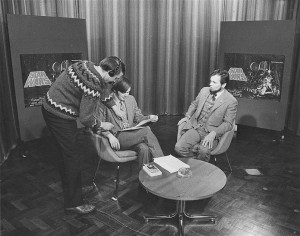 Sadly this interview is one of those programmes now frozen in time on the old Ampex A format one inch videotape which sadly we cannot now play without a machine and those are now rare. We were still a few years away from moving into colour so the Mark Hamill interview is in black and white. For copyright the film clips are removed.
Sadly this interview is one of those programmes now frozen in time on the old Ampex A format one inch videotape which sadly we cannot now play without a machine and those are now rare. We were still a few years away from moving into colour so the Mark Hamill interview is in black and white. For copyright the film clips are removed.